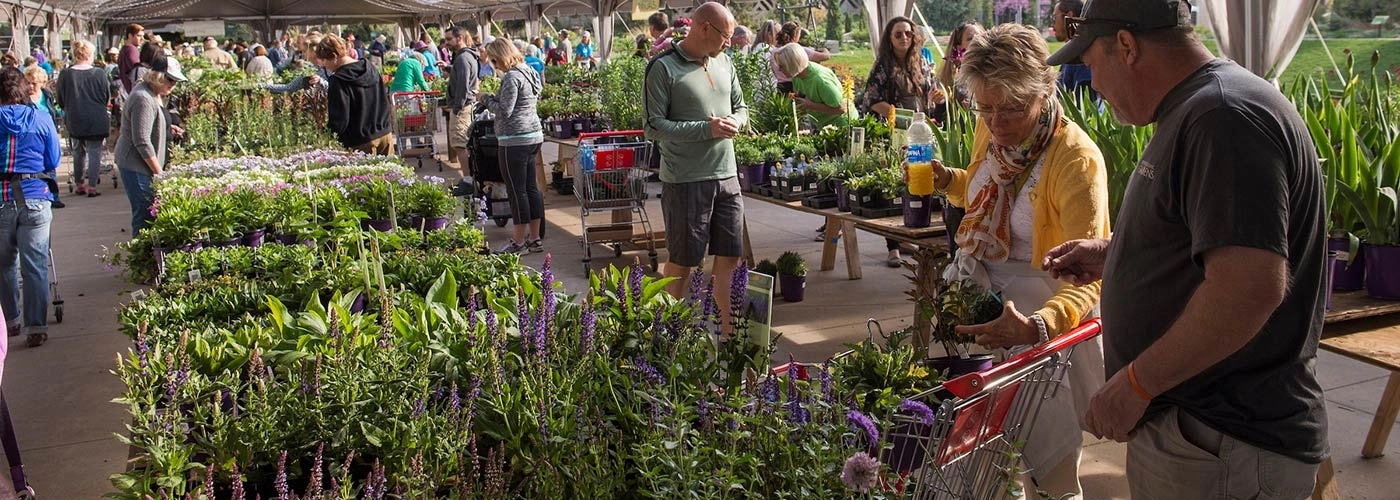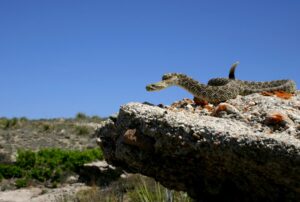York Street Location
There’s something for every gardener at our annual Spring Plant Sale. Shop for quality flora with experts on hand to answer plant questions and offer you advice. Plants will be available in the following divisions: Annuals, Aquatics, Container Garden in a Bag, Fruits & Berries, Grown at the Gardens, Herbs, Houseplants, Perennial Classics, Plant Select®, Rock Alpine, Roses, Specialty Succulents, Summer Bulbs, Vegetables and Water-Smart.
Important Details:
- Arrive early for the best selection. Admission is free, but reservations are required.
- Bring your own wagon, cart or wheelbarrow to transport plants.
- Credit/debit cards and checks will be the only accepted forms of payment at the sale.
- Members receive 10 percent off all purchases (must present proof of active membership).
- Member-only shopping is available from 8-9 a.m. Reservations are required.
- The Boettcher Memorial Tropical Conservatory will close at 1 p.m. on Thursday, May 5 and remain closed through Saturday, May 7. It will re-open on Sunday, May 8.
- The parking structure is free but spaces are limited. Street parking is available in the neighborhood; be aware of parking restrictions. Anticipate extra traffic around the Gardens.
Here is the Spring Plant Sale shopping guide, which includes a list of plants, Container Garden in a Bag collections and a site map.
Preview Party
Receive exclusive access to unique plants and expert advice from our horticulturists before the sale opens to the public. Guests enjoy a fabulous array of treats, wine and beer. This event sells out — purchase early to secure your ticket.
Thursday, May 5
4-7:30 p.m.
SOLD OUT!
$55 at the door (limited availability)
Volunteer Opportunities
Volunteer opportunities, including selling plants, greeting shoppers and assisting with checkout, are available for the sale. Volunteers receive 10 percent off all Spring Plant Sale purchases.
Sign up for Spring Plant Sale volunteer shifts.
Email with questions about volunteering at this event or if you have a group that wants to volunteer.
Free Admission, Reservations Required
Last entry is 4 p.m. The event ends at 5 p.m.
Reservations subject to availability; membership does not guarantee a reservation for the sale.
Aquí hay una versión en español de este mapa de la venta.





